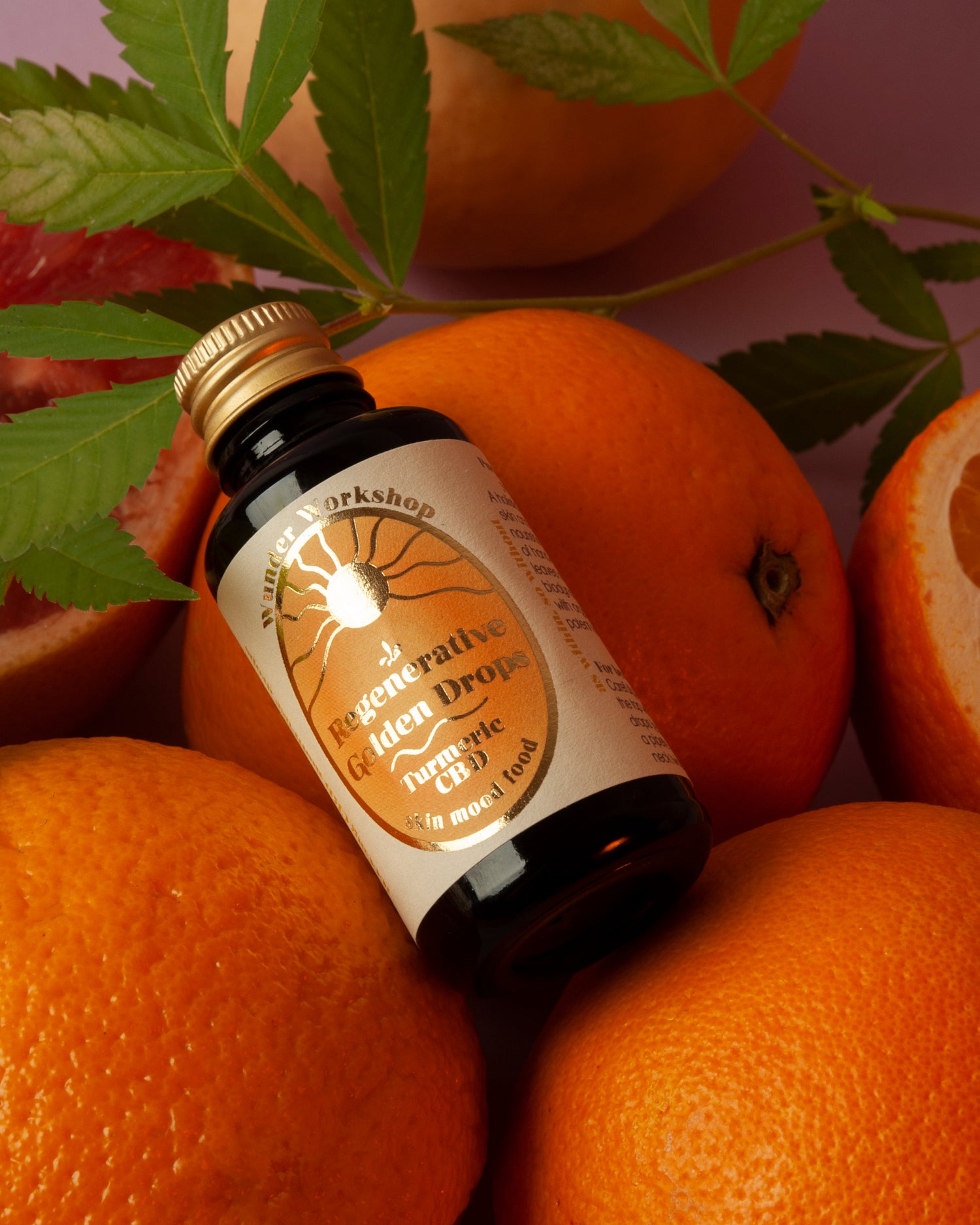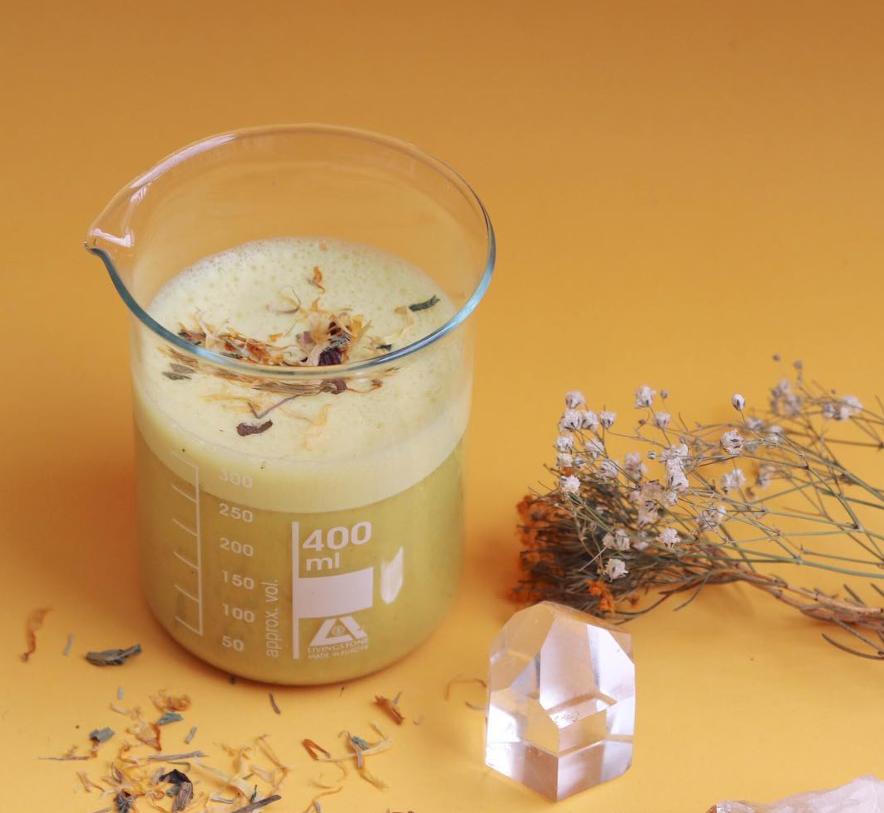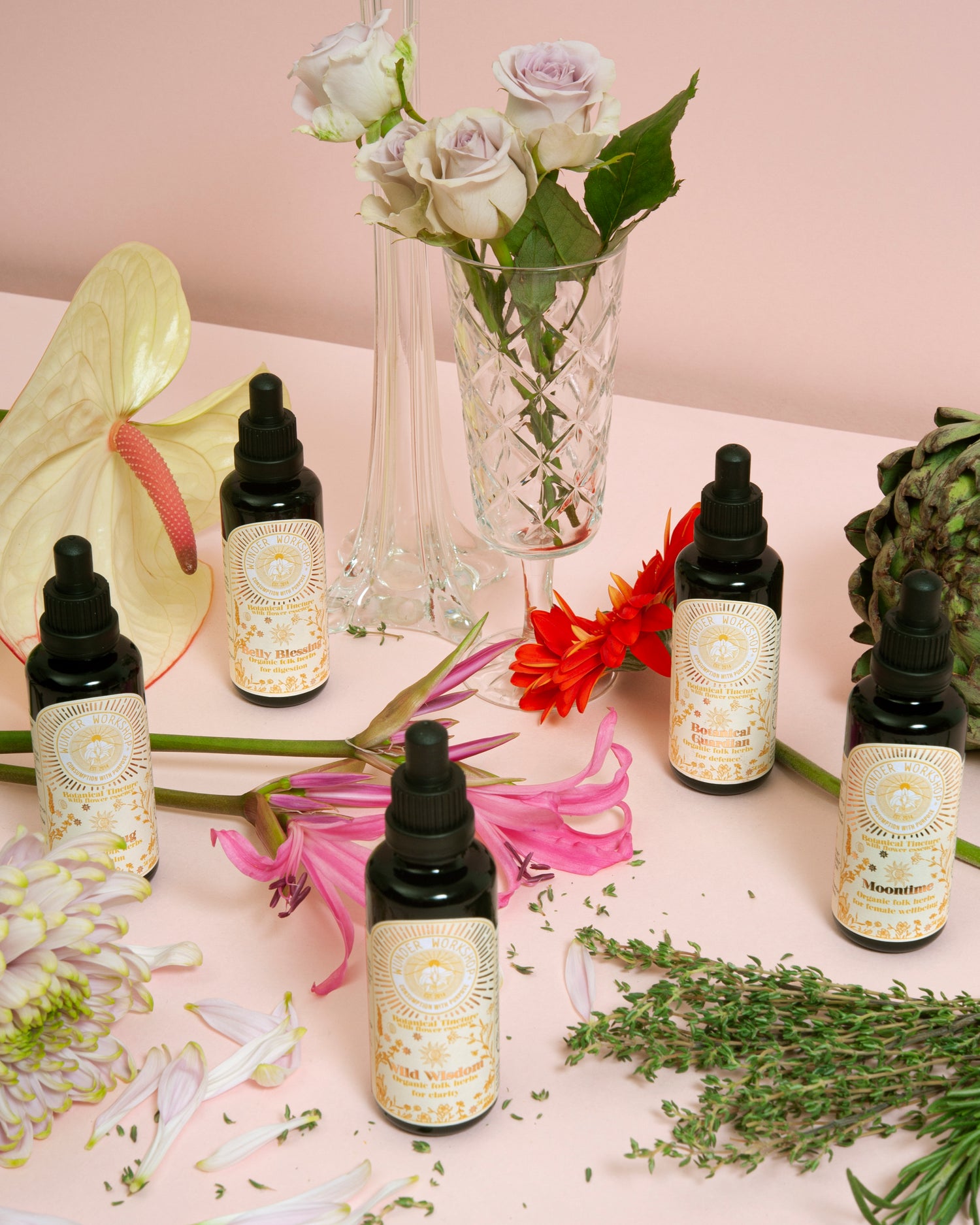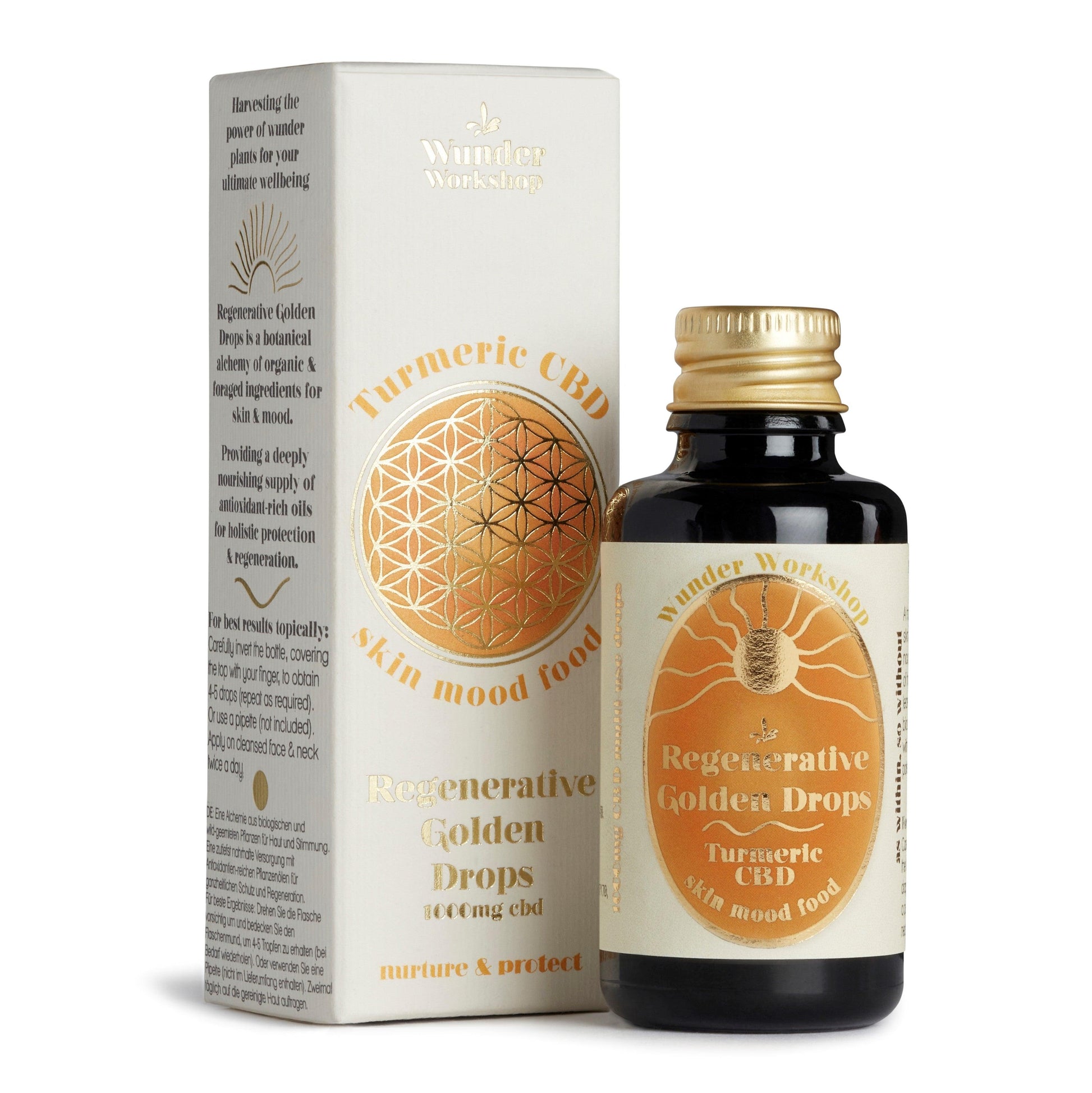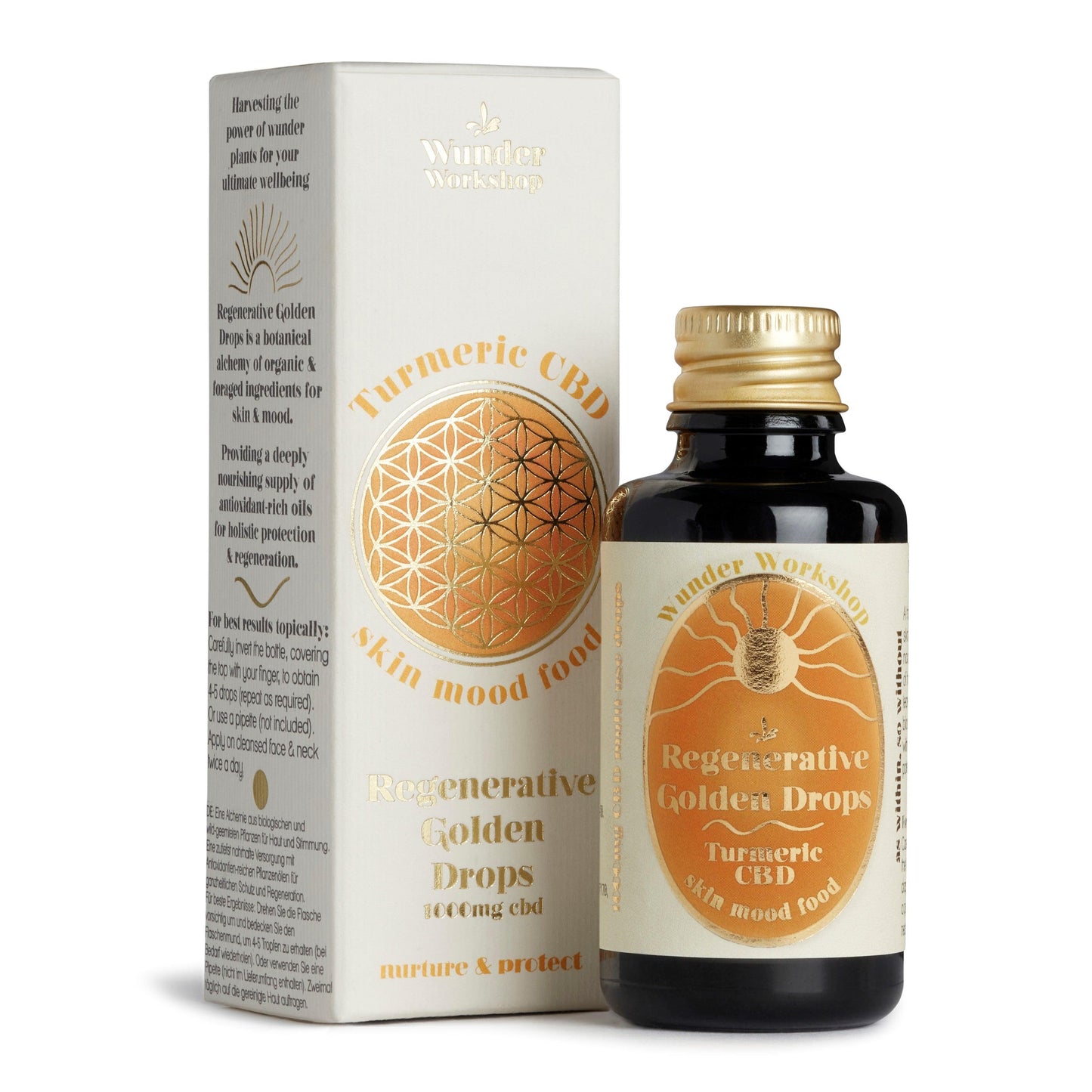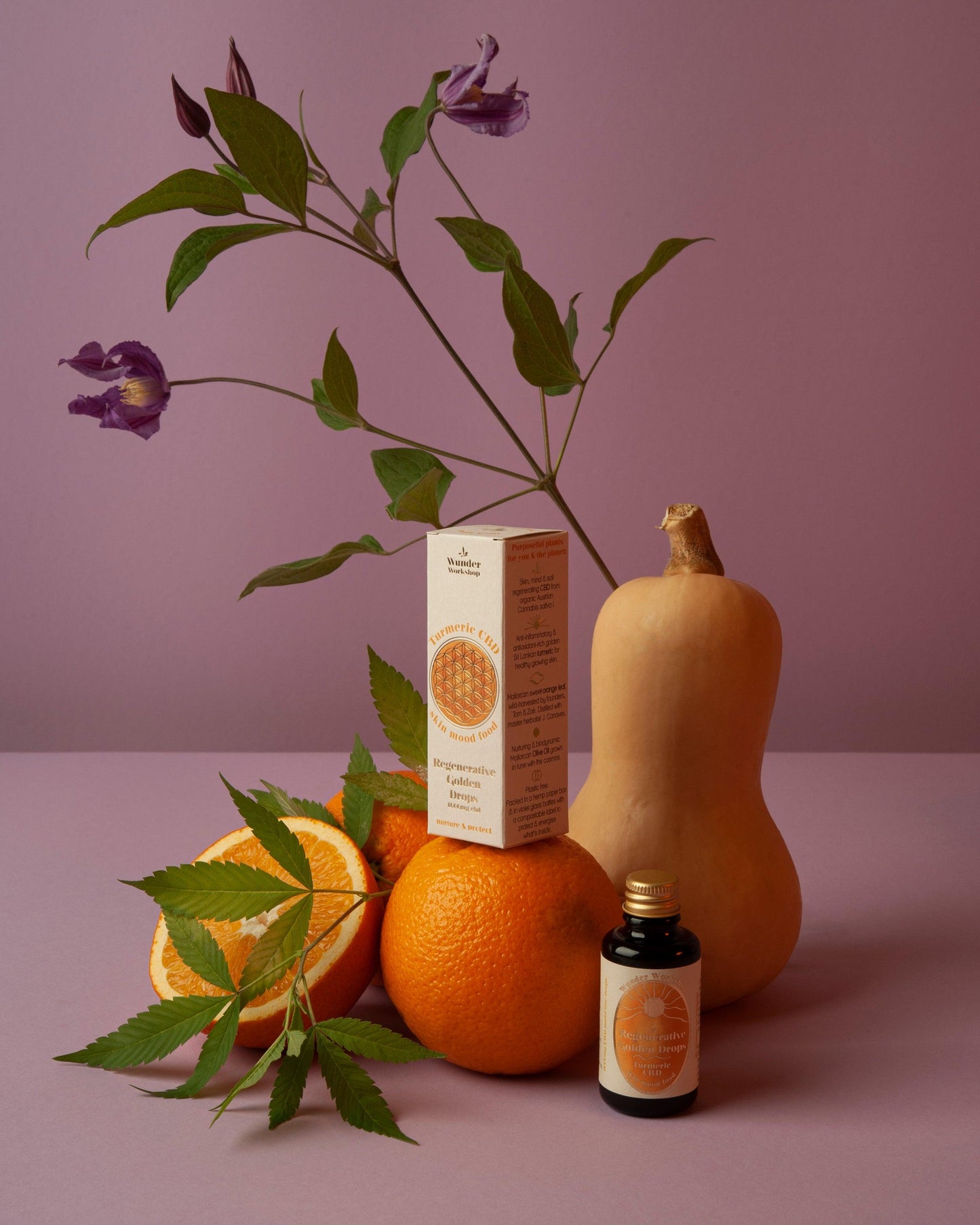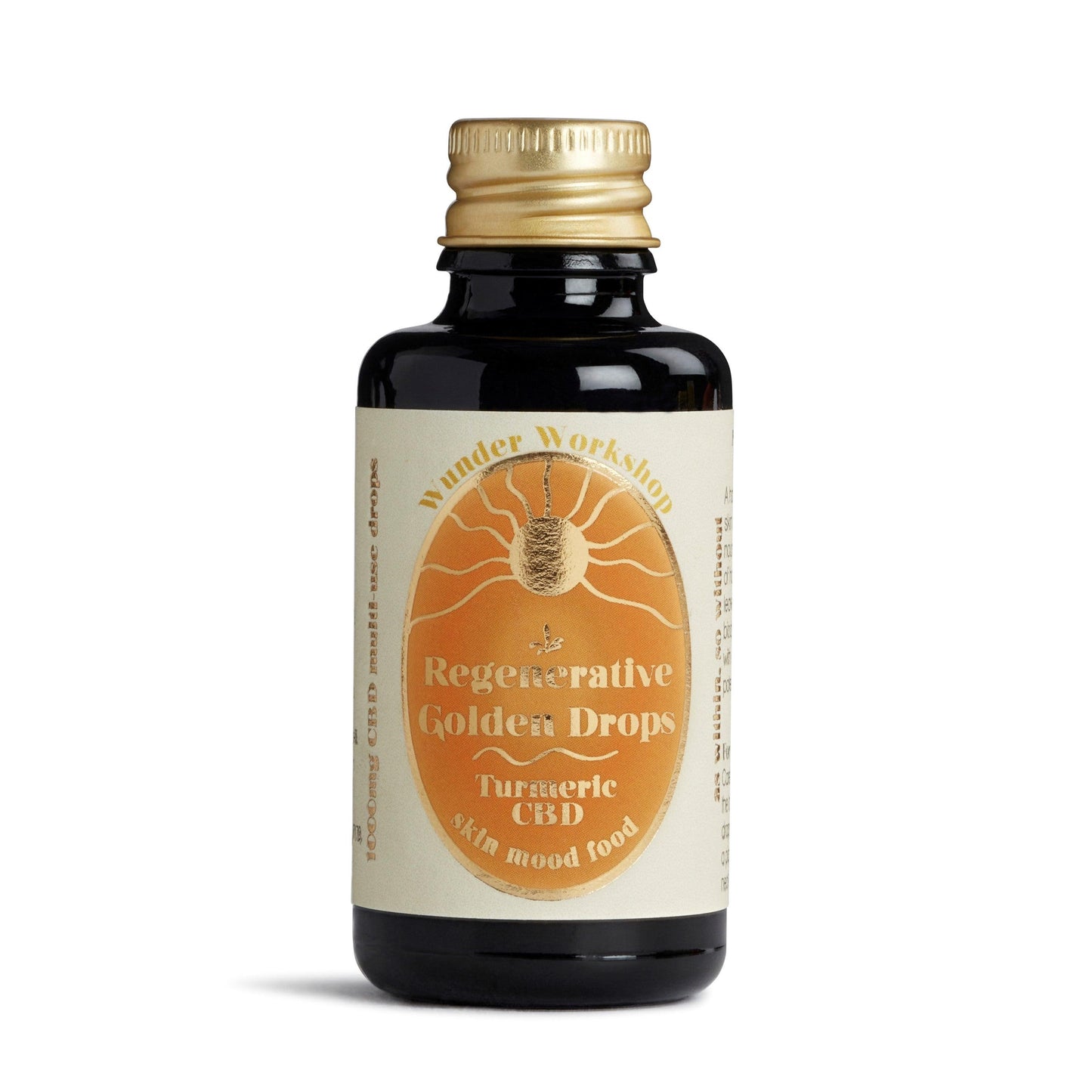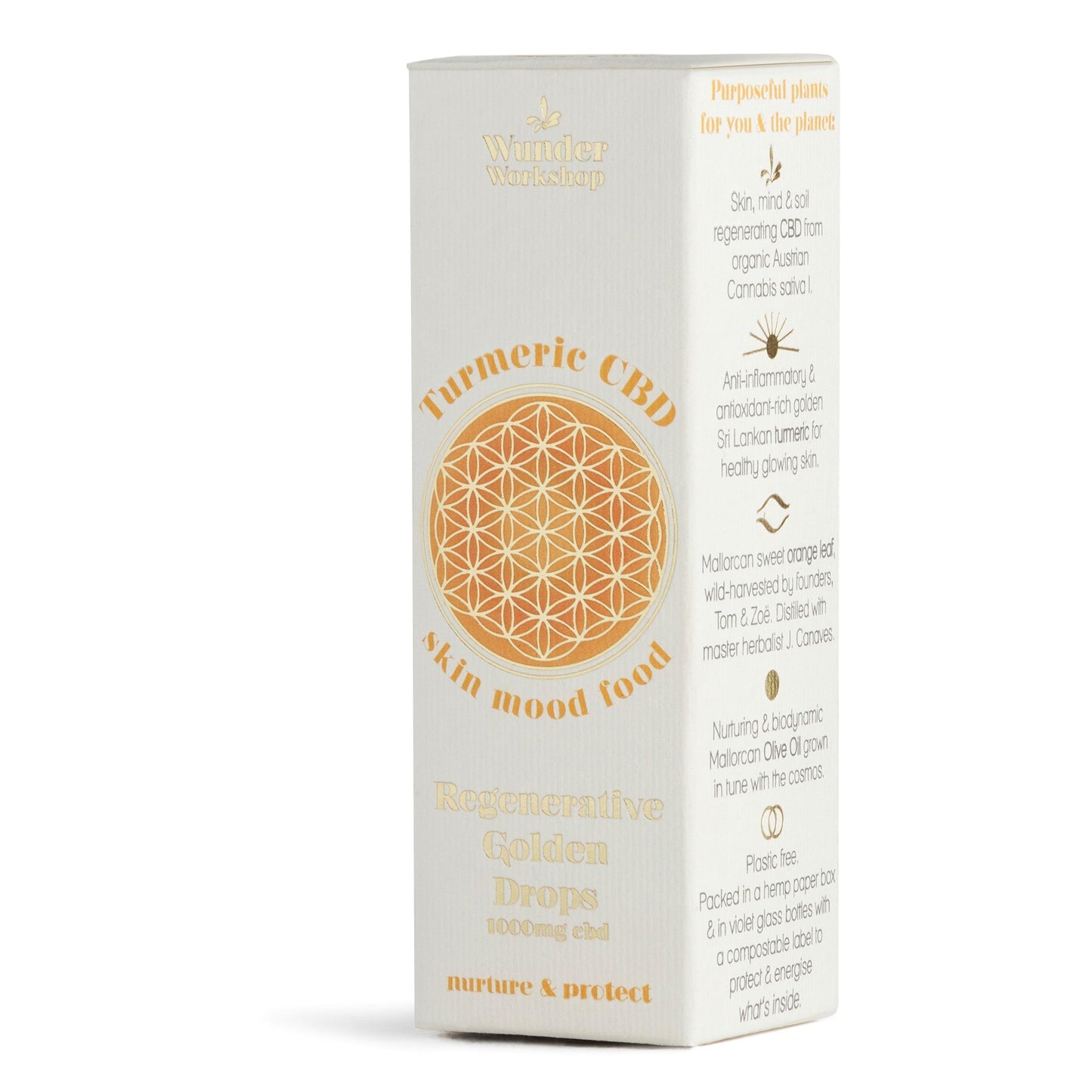
We often talk about biodiversity at Wunder Workshop - it is the principle of the farming methods we support. But we have been learning how to create biodiversity in the environment that we live in too.
We embarked on our own small allotment project this year, a no-dig vegetable patch, following biodynamic principles. It has been rewarding, not just for the tomatoes, cucumbers and herbs that we are enjoying now, but also the time spent outdoors come rain or sun. What was once just a tray of saplings is now an entanglement of life (see above).
There are, however, many ways to create biodiversity without much space or effort! Here are some of our recommendations:
> Re-Wild - one of my favourite stories during the first UK lockdown was that roadsides were left alone and, slowly, the longer grass gave life to a plethora of wild flowers. The flowers supported bees and insect life, but also brightened up the roadsides. It goes against our nature to let nature run wild, preferring neat rows and tidy hedges, but in doing so we support more life.
> Leave the leaves - they support insects, birds and small mammals who benefit from their cover. Plus, that's one less task to do on a Sunday.
> Feed the birds - you don't need a garden for a bird feeder or nest box.
> Plant native flower seeds - sprinkle life on your way to work or walking the dog, but make sure to find indigenous wildflower seeds.
> If you consume honey - make sure it comes from fair beehives that do not feed bees with sugar to support them whilst they take unsustainable amounts of honey. Plus, respect those that are certified organic honey, as this is a tall task for beekeepers because the bees can travel far from the hive. It means that large areas around the hive are pesticide free!
> Vote with your purchasing power - If you can support farms that use organic/biodynamic/regenerative agriculture, then do. Mono-cultures and farms that use pesticides and fungicides kill the biodiverse life in the soil like insects and bacteria which are beneficial to the plants.
> Eat in colour - nothing says biodiversity more than a multi-coloured meal with seasonal vegetables. If you need inspiration, check out the recipes in the Wunder Journal.
> Inspire the future - knowing the trees, plants and bugs around you is a skill taken for granted. We use Picture This app to learn about our surroundings. Then share the knowledge!


